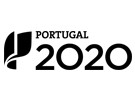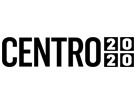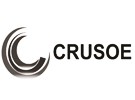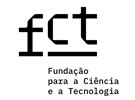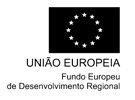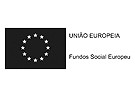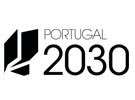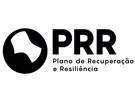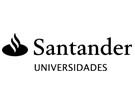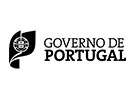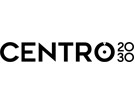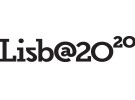



Publication in the Diário da República: Despacho nº 10766/2011 - 30/08/2011
6 ECTS; 1º Ano, 2º Semestre, 28,0 T + 42,0 TP + 5,0 OT , Cód. 91125.
Lecturer
- Eugénio Manuel Carvalho Pina de Almeida (2)
- Rosa Brígida Almeida Quadros Fernandes (1)(2)
- Rui Manuel Domingos Gonçalves (2)
(1) Docente Responsável
(2) Docente que lecciona
Prerequisites
Basics of calculus and algebra.
Objectives
Develop skills for the analysis and resolution of problems related with kinematics, dynamics and electrostatic.
Program
0-Vector calculus, derivative on a point and integral on an interval.
1-Units, Dimensions e proportions.
2-Observations and measures. Data registration.
3-Mechanics of material point and Electrostatic.
4-Rigid body equilibrium.
Evaluation Methodology
Individual resolution of worksheets. Extra-class online assessments. Continuous assessment: participation in online self-assessments (20%), individual experiences (5%), two written assignments during the semester (37,5% each). The student is approved, by continuous assessment, with a minimum score of 9.5 points (out of 20 points) and a minimum of 8.0 points (out of 20 points) in the average of the two frequencies. Final written exam (worth 100%) for students who failed continuous assessment.
Assessments are face-to-face or online (according to the rules in force). It is not allowed to share answers or transcribe any text that does not belong to the test paper. Assessment focuses only on the answer to the question regardless of the calculations presented by the student. The suspicion of fraud during the test or in the marking process is punished with the cancellation of the test.
Bibliography
(2000). Física - um curso Universitário (vol. I - Mecânica e vol. II - Campos e Ondas). Brasil: Edgard Blutcher
(2000). Física. (Vol. I). S. Paulo: Livros Técnicos e Científicos
(2002). Sistema Internacional de Unidades.. Lisboa: Platano editora
Teaching Method
Lectures about the concepts, principles and applications of physical laws of mechanics and electrostatics. Theoretical and practical classes where exercises and problems are solved. Conducting online experiments using modellus.
Software used in class
On-line numerical simulations.

